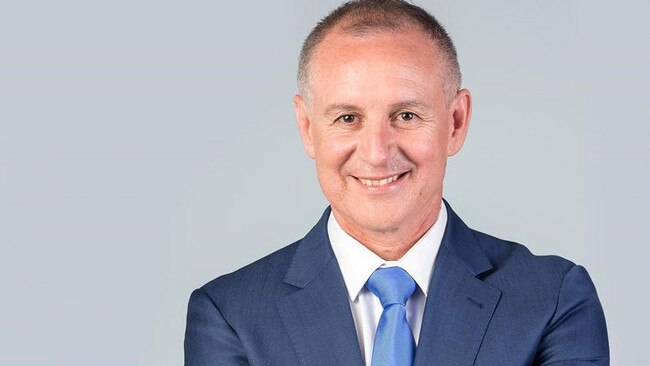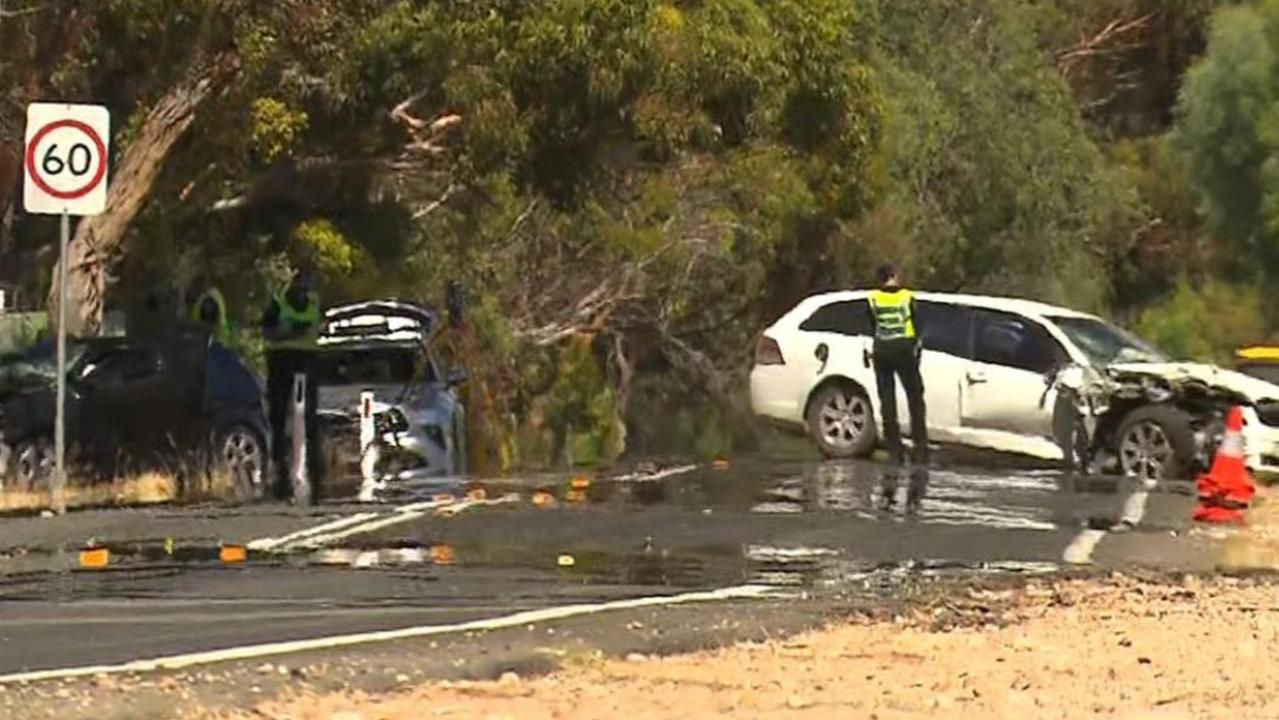1 in 3 children “developmentally vulnerable” in Spence electorate, Mitchell Institute study finds, amid calls for better access to childcare
One in three children in an SA electorate are “developmentally vulnerable” before school, a new study shows. See how your area matches up.

SA News
Don't miss out on the headlines from SA News. Followed categories will be added to My News.
The northern Adelaide seat of Spence has the country’s second highest rate of developmentally vulnerable young children, a study has found, amid calls for more work to improve access to childcare.
The study, by the Victoria University-based Mitchell Institute, found in Spence, almost one in three children (32 per cent) were “developmentally vulnerable” when they start school.
It also reported that Grey, which covers much of country SA, had the nation’s biggest dearth of childcare places.
Education policy fellow Hannah Matthews said the institute used Australian Early Development Census data, collected by the Federal Government, to compare children’s vulnerability across the electorates.

That data considers factors including language and cognitive skills, physical health and wellbeing, social competence, emotional maturity and communication skills and general knowledge.
The Mitchell Institute’s study found in electorates with high rates of vulnerability, families were also more likely to face limited child care access.
In Spence, there was just one child care place available for every 3.8 children, and in Grey, there are six children for every place.
Ms Matthews said in the lead up to the election, the major parties’ focuses had centred upon childcare rebates and affordability.
“There are really significant issues within the early education and child care sector, but by only talking about affordability, you’re missing out on the issues around accessibility,” she said.
The state government plans to extend availability of preschool to three-year-old children, establishing a royal commission to guide the changes.
Former Premier Jay Weatherill, chief executive of Minderoo Foundation’s Thrive by Five initiative, said disadvantage among children could be improved by the states and Commonwealth investing in a “universal high quality learning system”.
That would include preschool for three-year-olds and improved programs to support children and their parents from birth until their first day at school.

“So much of the trajectory of a child is established before they walk through the school gate,” Mr Weatherill said.
Flinders University early childhood education and care lecturer Rachael Hedger said achieving effective and affordable education and care from birth to school, was key to improving development.
“Educators in birth-5 settings need to be recognised as equal to educators in school settings with pay parity and recognition that they are educating children at the most important and influential time of their life,” she said.
A Coalition spokeperson said last year, the government announced 26 child care services in Grey and Spence would share in $3.1m in extra funding.
The spokesperson said the government was spending $19.4m on establishing 20 new child care centres across Australia and under its recent child care subsidy changes, 250,000 families would be better off by about $2260 a year.
Federal Labor was contacted for comment.





